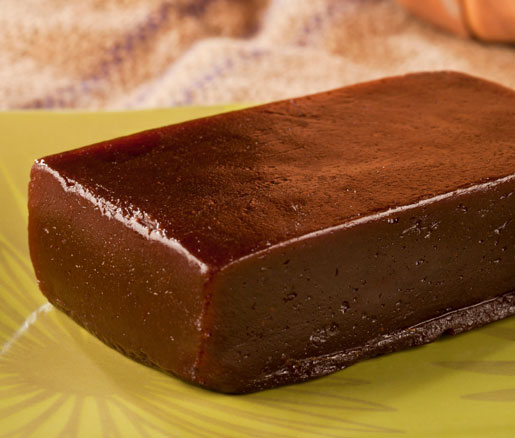
WHAT? Jam-cestor. Derived from the Latin word melimelum, or "honey apple," the Spanish word membrillo (in Portuguese, marmelada) refers both to fresh and preserved quince, a celebrated fruit that was stored in honey during classical times. According to The Oxford Companion to Food, the thick sweet paste of cooked quince and sugar is the likely ancestor of jam and marmalade. Quince, a large, lumpy, bitter, green fruit that is inedible when raw, is transformed from ugly duckling into swan with the addition of sugar and a little heat, becoming an aromatic, delicious pink jam. In his book The Basque Kitchen, Gerald Hirigoyen describes the transformation of quince into membrillo as "magical," praising the quince, beloved in the French Pays Basque as well as along the Iberian peninsula, for its "delicate, floral, almost citrusy flavor." The paste is often served as a counterpoint to the salty flavors of Manchego cheese and Serrano and Presunto ham.
WHERE? Charles “Chip” Roman's Beard House dinner
WHEN? October 18, 2010
HOW? Fourme d’Ambert with Beet Membrillo and Caramel



-57 web.jpg)


